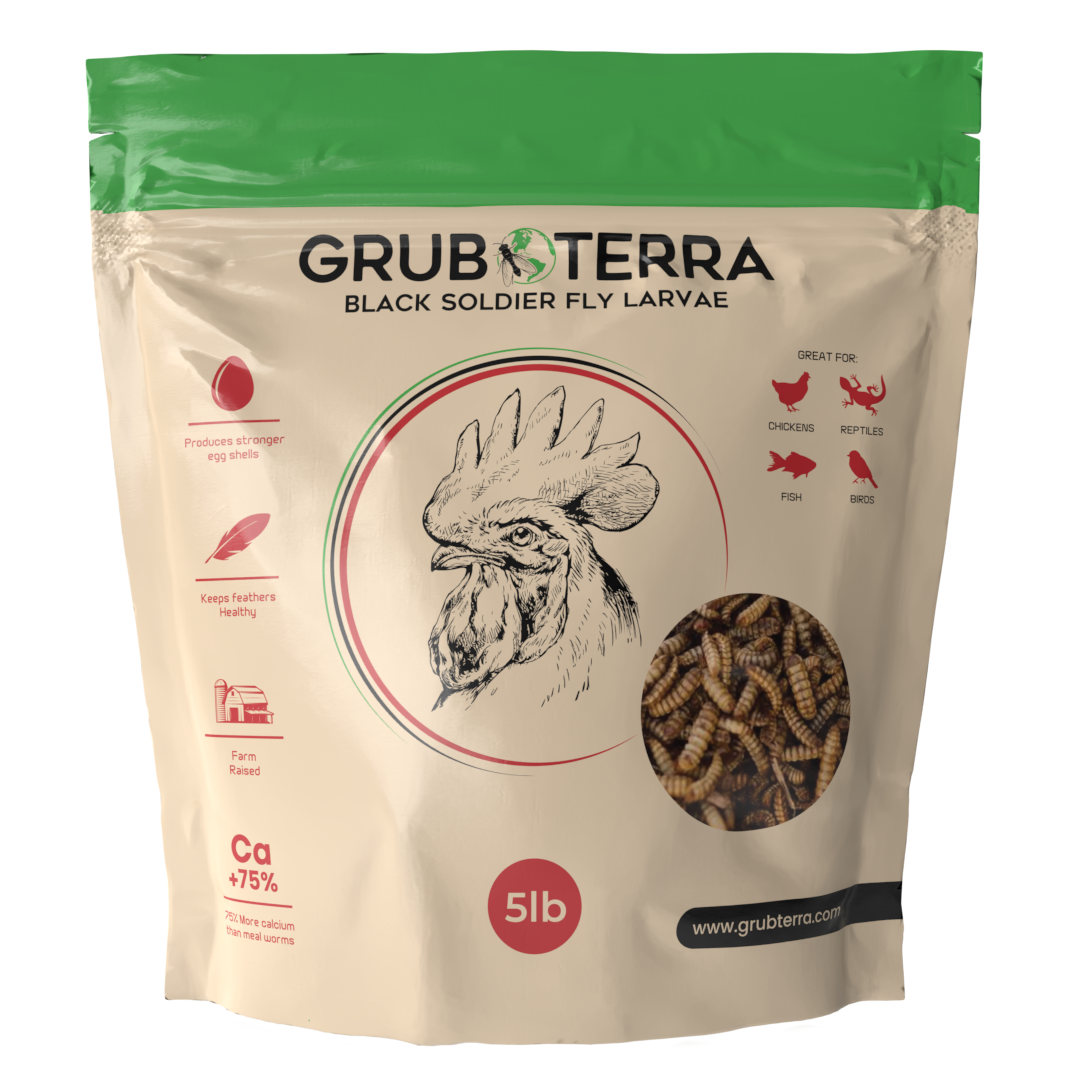Introduction
Rearing chicks from the hatchery to the coop is an exciting journey filled with challenges and rewards. This guide offers comprehensive insights into the best practices for nurturing healthy chicks. From setting up the perfect brooder environment to transitioning them into the coop, we cover all you need to know to ensure your chicks grow into thriving, healthy chickens. For more insightful guides and premium chick care products, visit GrubTerra.
Understanding Chick Development Stages
From the moment chicks hatch, their care requirements are paramount. Understanding their development stages from early days post-hatch through to their growth milestones is crucial for providing appropriate care at each phase of their life.

Creating the Perfect Brooder Setup
The brooder serves as a temporary home for your chicks until they're ready to move to the coop. Key elements such as temperature control and the right bedding type can make all the difference in their early life stages.
Feeding Your Chicks Right
Nutrition is the cornerstone of healthy chick development. Starting with the right starter feed and knowing when to introduce grains and greens are vital steps in their dietary regimen. GrubTerra offers a range of nutritional products tailored for young chicks, available at GrubTerra.
Hydration and Health
Water is as essential as food in the chicks' diet. Ensuring they have constant access to clean water and being able to recognize signs of dehydration are critical for their health. For tips on maintaining optimal hydration, visit GrubTerra's Blog.

Maintaining a Clean Environment
A clean brooder and coop prevent the spread of diseases and keep chicks healthy. This section will discuss how to establish regular cleaning routines and disease prevention strategies.
Socialization and Handling
Early handling and socialization of chicks are important for their behavioral development. Tips on how to handle chicks and encourage positive social behaviors will be shared.
Vaccination and Health Monitoring
Vaccinations play a significant role in preventing common poultry diseases. Alongside, regular health checks help in early detection and treatment of potential health issues.
Transitioning to the Coop
Preparing both the coop and the chicks for the transition is crucial for a smooth integration into the flock. This section will guide you through preparing the coop and the integration process.
Common Challenges and Solutions
Rearing chicks is not without its challenges, such as feather picking and dietary adjustments. Solutions to these common issues will be discussed to help you navigate through them.
Nutritional Supplements and Enhancements
In addition to a balanced diet, supplements such as probiotics, vitamins, and the inclusion of insects can boost the chicks' health and growth. GrubTerra offers a selection of supplements and enhancements at GrubTerra Products.
Monitoring Growth and Development
Keeping track of the chicks' growth and development helps in ensuring they are on the right path. This includes tracking weight, size, and observing their behavior.
The Role of Natural Light and Exercise
Access to natural light and regular exercise are beneficial for the chicks' overall health and development. The benefits of outdoor access and physical activity will be explored.

Preparing for Egg Laying
As chicks mature into laying hens, their nutritional needs change. This section will cover the essential preparations for egg laying, including nutritional needs and nest box essentials. Find all you need for egg-laying prep at GrubTerra.
FAQs
What is the ideal temperature for a chick brooder?
The ideal temperature for a chick brooder starts at around 95°F in the first week and should be decreased by 5°F each week until it matches the ambient temperature or chicks are fully feathered.
How often should chicks be fed?
Chicks should have constant access to food so they can eat as needed. Their high metabolism and rapid growth require frequent feeding.
When can chicks start going outside?
Chicks can start having supervised outdoor time once they are about 4-6 weeks old, depending on the weather and their feather development.
How do you integrate new chicks into an existing flock?
Integrating new chicks into a flock should be done gradually and carefully to prevent bullying. Start by allowing them to see but not touch each other, and gradually allow supervised interactions.
What are the signs of a healthy chick?
A healthy chick is active, alert, has bright eyes, eats and drinks regularly, and has clean, consistent droppings.
Can chicks be given treats?
Yes, chicks can be given treats from about 2 weeks old, but treats should not make up more than 10% of their diet. Ensure they have access to grit to help digest these treats.
Conclusion
Rearing chicks from hatchery to coop is a rewarding experience that requires dedication, knowledge, and attention to detail. By following these best practices, you can ensure your chicks grow into healthy, strong chickens ready to explore the coop and beyond. Remember, caring for chicks is not just about meeting their basic needs but also about understanding their growth stages, health requirements, and behavioral development. With the right approach, you can raise happy, healthy chickens that will be a valuable addition to your flock for years to come. For all your chick rearing needs, visit GrubTerra.


